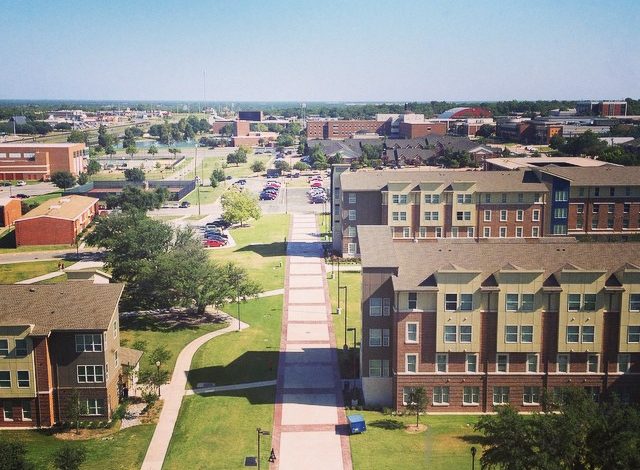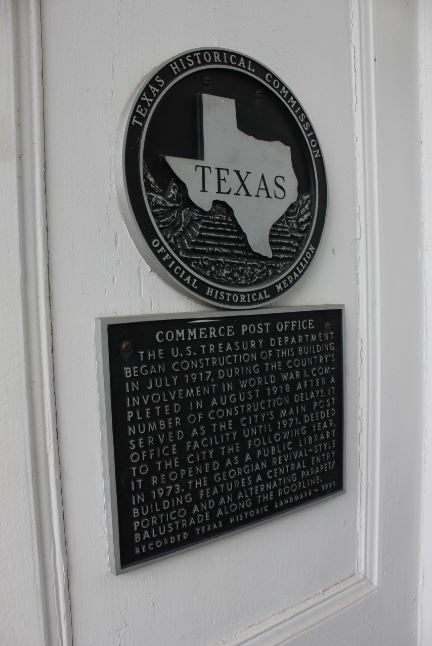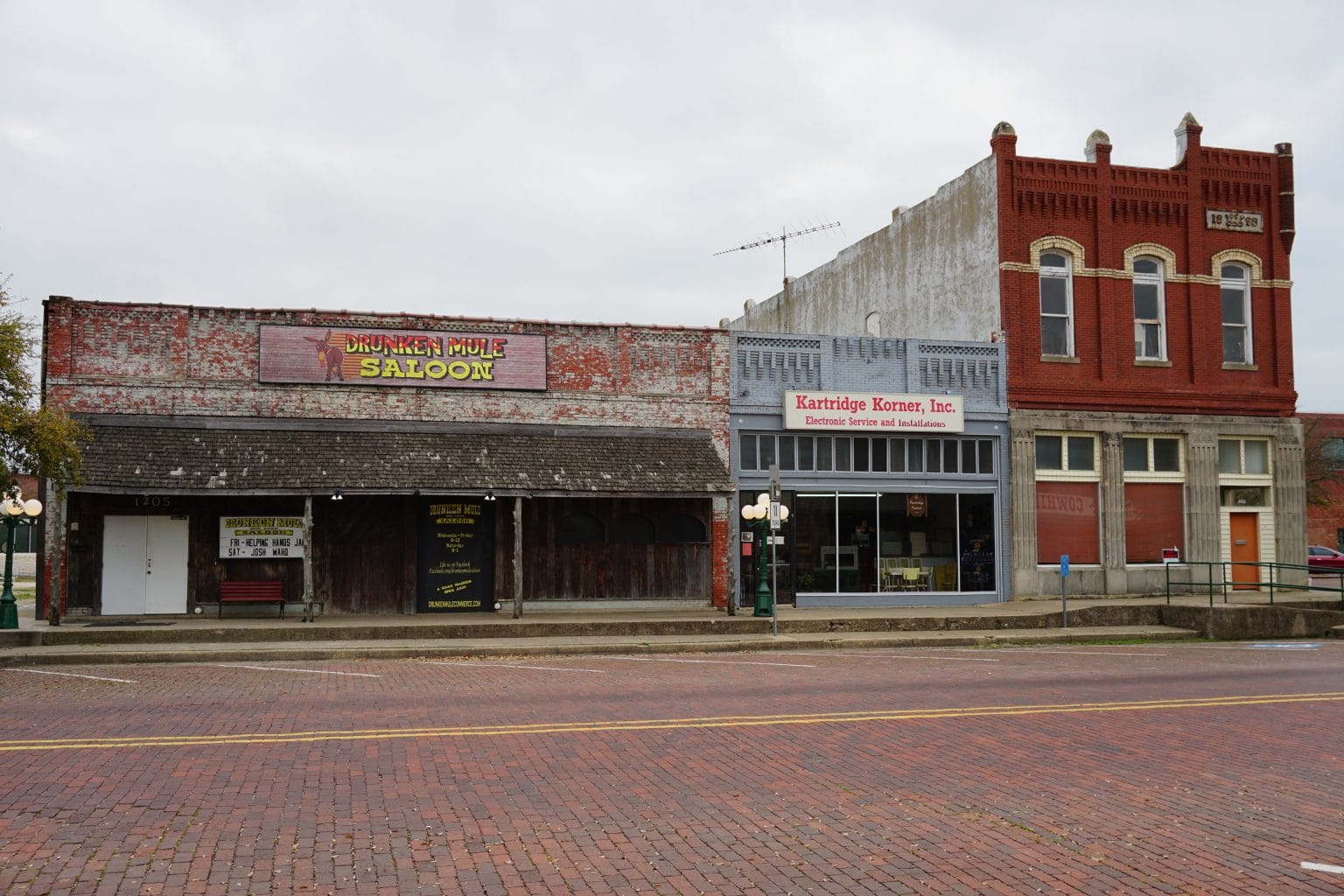Being a big state, it is not a surprise that Texas has several big cities, as well as smatterings of smaller cities and towns. Small communities they may be, it doesn’t mean that they are no less interesting or no less captivating than its big-city counterparts. Besides, there’s a particular charm about small communities. One of these communities are college towns, which are reputed as some of the most awesome places to live (and study, of course).
Have you heard of a college town? A college town (sometimes called a university town) is a community that is dominated by the college or university population. The university may be large, or there may be large numbers of colleges and other educational institutions. The university may be the biggest employer of the community, providing jobs to most locals. In a college town, the presence of these universities, colleges, and other educational institutions influence the city’s economic activity and social life.
One of the well-known college towns in the United States is Commerce, which is situated in the northeastern part of the Dallas/Fort Worth metroplex, in the state of Texas. Commerce is 106 kilometers (66 miles) northeast from Dallas and 72 kilometers (45 miles) south of the Texas and Oklahoma border. Commerce is at the juncture of highways 50, 11, 24, and 224, and is the second-largest city in Hunt County.
Commerce is the site of Texas A&M University-Commerce, which has been operating since the late 19th century.
Early history
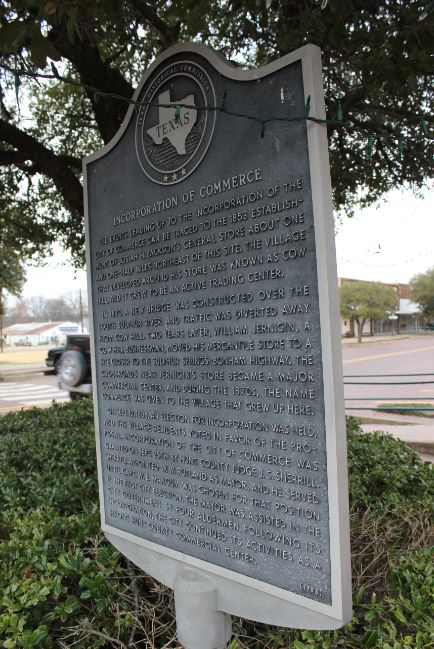
Soon, the community grew, and economic activity was in full swing. Because of the thriving economy, the small community was named “Commerce.”
By the time the town was incorporated in 1885, Commerce had had twelve business establishments, apart from a hotel, a livery stable, a wagon factory and woodshop, a steam mill and gin, as well as a school and church. Two years later, the St. Louis Southwestern Railway (known as the Cotton Belt) was built through Commerce to transport goods from Fort Worth.
Commerce in the 20th century
By 1910, Commerce’s population had grown to 2,818. The industries had also diversified, now having a flour mill, a cottonseed oil mill, a roundhouse, four cotton gins, several machine shops, and railyards, as well as four banks.
As modernization loomed the town during the mid-20th century, the roundhouse was abandoned, and several machine shops were transferred to another town, Tyler. The local passenger service was also discontinued, and several cotton gins closed as well. Until the latter part of the 20th century, Commerce’s population experienced some fluctuations. By the 1950s, the city’s population continued to increase, although growth was limited during and after the 1930s. However, the number of residents dipped during the 1960s – from 5,889 to 5,789.
The transition of East Texas State College into East Texas State University in 1965 signaled a new era for Commerce. The newly designated university had replaced the cotton gins and the railroads as the basis of the city’s economy. With the city’s association with the Texas A&M University in the 1990s, the city’s economic growth continued to prosper.
The history of Texas A&M University-Commerce
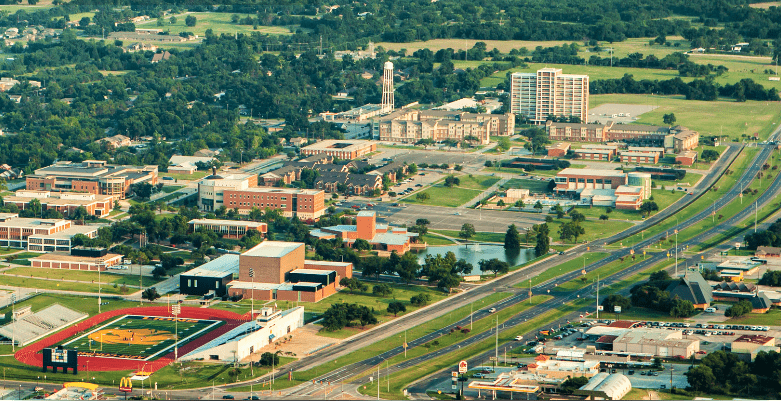
Mayo continued as college’s president until his death in 1917 – by the time of his death, the number of students had grown to over 2,000. He is now buried on the campus grounds.
East Texas Normal College became East Texas State College in 1917 when it was acquired by the state of Texas. As the college grew and broadened its scope, it went under several other names: East Texas State Teachers College (1923), East Texas State College (1957), and East Texas State University (1965). Finally, East Texas State College was renamed Texas A&M University-Commerce in 1996 when it was admitted into the Texas A&M University System.
Texas A&M University-Commerce is a fully accredited and ranked university and is the fourth-oldest institution of higher education in Texas.
Commerce today
Commerce has a population of 8,078 (as of 2010 census). The racial makeup consists of White (71.07%), African-American (20.78%), Hispanic or Latino (7.65%), Asian (2.59%), Pacific Islander (0.21%), and other races (3.13%).
Major manufacturers include the United States Brass and Montgomery Controls, Manatee Homes, Sherwood Medical, and American Wood.
The city is served by the Commerce Independent School District, which serves four primary and secondary schools. One of these schools includes the city’s only high school. Texas A&M University-Commerce offers over a hundred different majors. As of this writing, it enrolls over 12,302 students, which include 7,808 undergraduates and 4,494 graduate students. Paris Junior College and Amberton University are the other colleges in the city.
Attractions in Commerce, Texas
Commerce has a number of attractions and things to do, most notably:
-
Northeast Texas Children’s Museum
Opened in 2002, the Northeast Texas Children’s Museum provides a playful and creative learning place for children. It offers many hands-on exhibits and programs that cater to children from ages two to ten. Most of the visitors to this museum come from northeast Texas, as well as the Dallas/Fort Worth Metroplex.
-
Jim Chapman Lake (formerly Cooper Lake)
This 19,305-acre impoundment provides water supply for the residents and commercial establishments in Commerce. Originally named as Cooper Lake, it was renamed Jim Chapman Lake in 1998 in honor of a former congressman Jim Chapman. Jim Chapman Lake is the reservoir of Jim Chapman Dam. It is a popular fishing spot where several species of fish are caught – blue and channel catfish, crappie, Florida largemouth bass, and hybrid striped bass.
-
Cooper State Park
Cooper State Park is situated on Jim Chapman Lake (formerly Cooper Lake). Although Cooper Lake is renamed Jim Chapman lake, Cooper State Park retains its original and current name. It offers a variety of activities for both water and land, including swimming, boating, camping, horseback riding, picnics and wildlife sightings. It also offers well-furnished cabins, shelters, and campsites.
-
Texas A&M University-Commerce Planetarium
The Texas A&M University-Commerce Planetarium is home to a Digistar five-all digital projection system in a 40-foot dome which provides a unique and unforgettable lifelike planetary experience for visitors of all ages.
Although it is officially and technically a city, Commerce retains much of its town-like atmosphere. It is a family-friendly city offering tons of things to shop, eat, have fun, get fit, explore nature, and discover its history and foundations.

